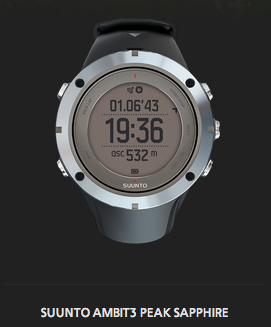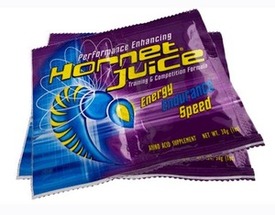Smoothing the Motor
 Friday, June 8, 2012 at 9:42AM
Friday, June 8, 2012 at 9:42AM Lots has been made of Armstrong's 100 RPM cadence on the bike during his races. People find it so fascinating, theres even "spotters on the course" to verify the rumors. For the most part, it looks to be true.
When you bike at a low cadence, say, 75 RPM, you are essentially grunting your way through the pedal stroke. This is much like trying to run 100 yards in giant leaps. Yes, you made it across the field in fewer steps, but now your legs are fried. Do that for the 5+ hour Ironman bike ride, and now you know why so many people have to walk the marathon.
100 RPM is not unattainable. The first few times you try it, you will be exhausted. This is because your motor isn't smooth. Little sideways motions and timing issues get amplified as you spin faster and faster, eventually shooting your heart rate through the roof. But, the more you do it, the better you get at it. Much like playing the same song on a guitar or piano, the more frequently you do it, the faster and faster you can get it done with no mistakes.
For a good example, the real difference between a cheap blender and an expensive one is in the motor. The manufacturer spends more money on making sure the tolerances on the mechanical parts are tighter, bearings run smoother, and materials are of higher quality. In the end, you can buy a $500 Vitamix that spins at 5600 RPM easily. Try to spin a $30 blender at 5600 RPM and it will explode into pieces all over your kitchen.
The first day you try to spin your own "motor" at 100 RPM for an hour on a trainer, you might not be able to do it at all. The second day, you'll be able to do it, but it will exhaust you with the resistance set to zero. The third day, you'll be able to spin at 100 RPM no problem, possibly 110+. Once you get over 100, stay there and just up the resistance a little bit workout after workout. Soon, you'll be putting out more power than before you started and your legs will be fresher for the run.
Enjoy!














Reader Comments